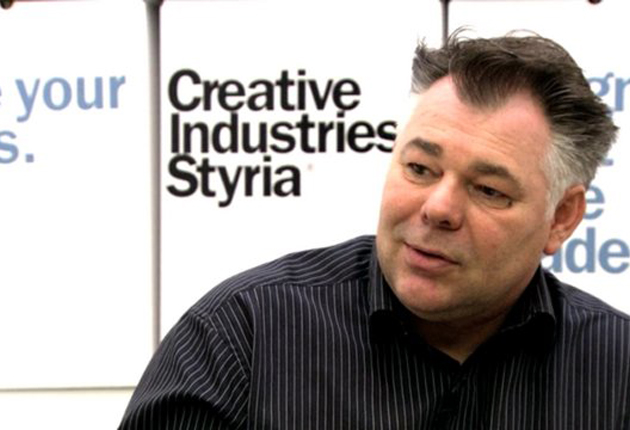Social integration of Graz
Eberhard Schrempf
Related fights
- Social integration of Graz
- Investment into culture is investment into people
- Social dimensions of the Graz 2003
- Social impacts of Liverpool 2008
- Impacts on Rotterdam’s deprived south
- Metelkova autonomous centre and the community
- Our main contribution is inspiring people
- Forming good image of Hämeenlinna
- Our children are growing up together with the city
- Success Story from Russia
- We work with local people
- Independent culture has got its place in society
- Where is the attention to human being?
- What does it mean to be sustainable?
- ufaFabrik works for the neighbourhood
- We preserve buildings
- What is the value of community of A4?
More fights by Eberhard Schrempf
- Trial & Error
- Urban vs Rural phenomenon
- Regeneration of the Jakominiviertel in Graz
- Why we support creative industries in Styria
- Continuity of strategies
- How creative industries are supported in Styria
- Social integration of Graz
- Continuity with the spirit of Graz
- Impacts of Graz 2003
- Creative Industries make places more attractive
- Investment into culture is investment into people
- Social dimensions of the Graz 2003

Eberhard Schrempf
Managing Director of the Creative Industries Styria in Graz, Austria
Full biography